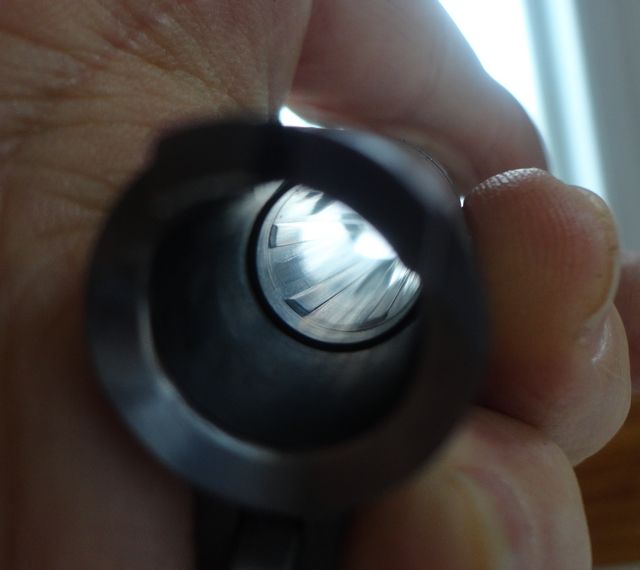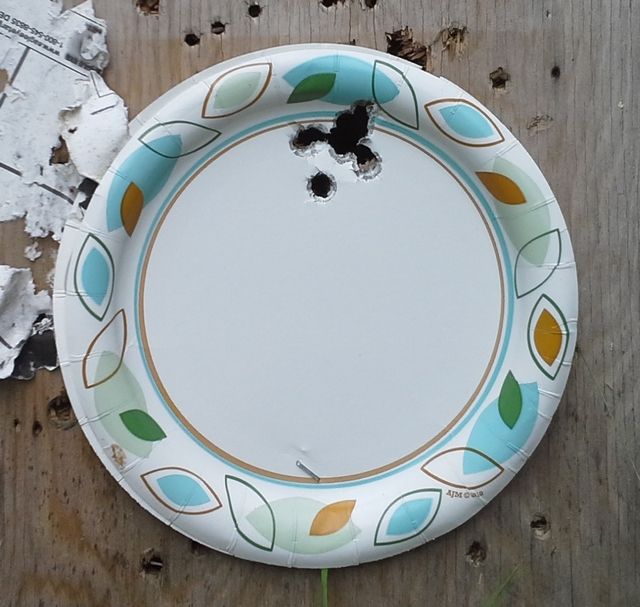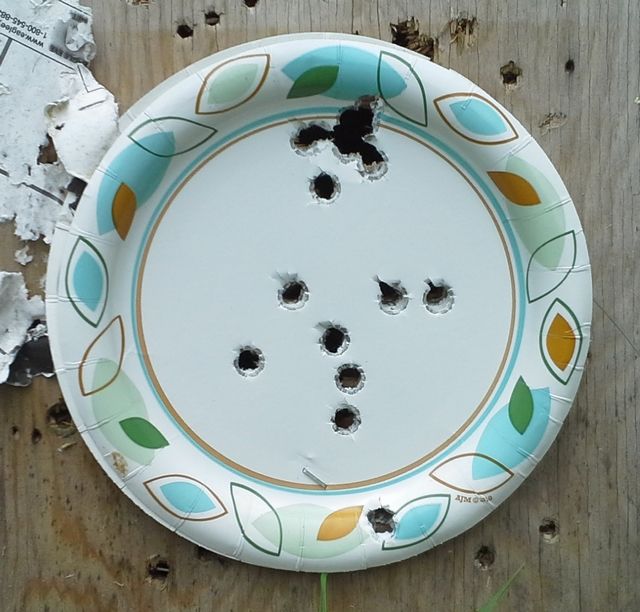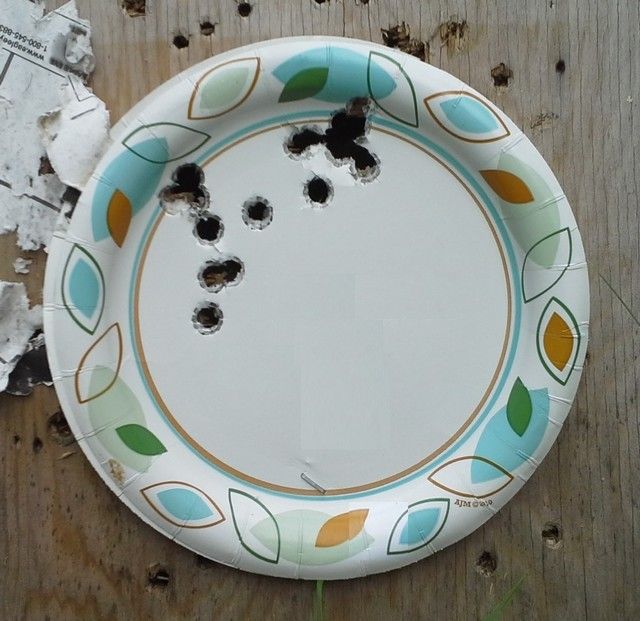I am new to this forum as well as shooting cast boolits so appologize if this seems like a stupid question. I aquired some cast 230 grain .452 WC that I loaded to a major power factor ( approx 800fps) and shot in my SR 1911 Ruger and got off about 25 rounds before they started failing to go into battery. I am thinking that the sizing lube is causing this, so should I be cleaning the lube off of all the bullets before firing them and if so what should I be using to clean them? I beleive the sizing lube is a waxy base. Prior to trying the cast projectiles I shot about 100 rnds of copper jacketed wc with all going into battery.

|
   
   
|


|



 Reply With Quote
Reply With Quote

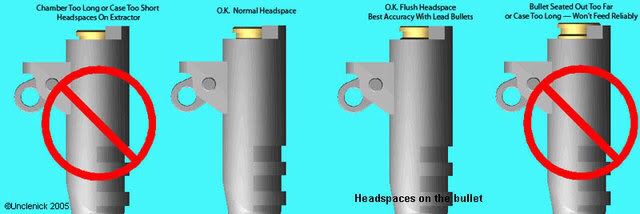










 DougGuy
DougGuy

